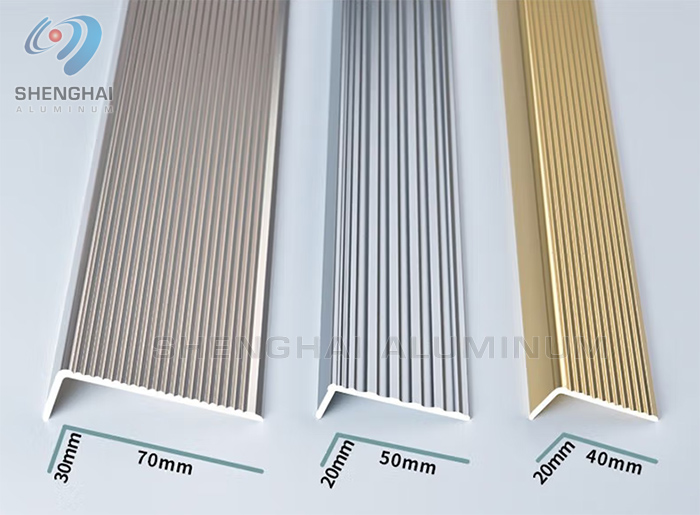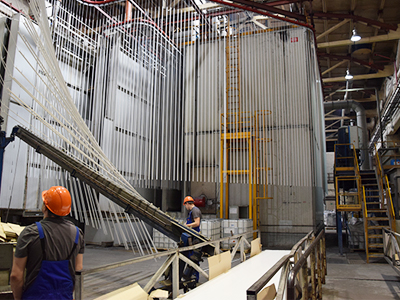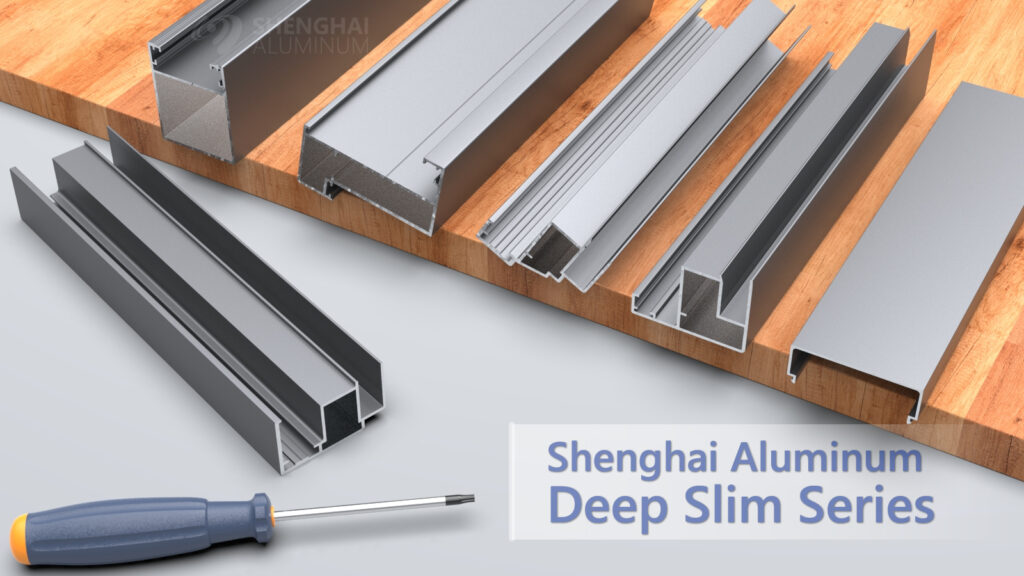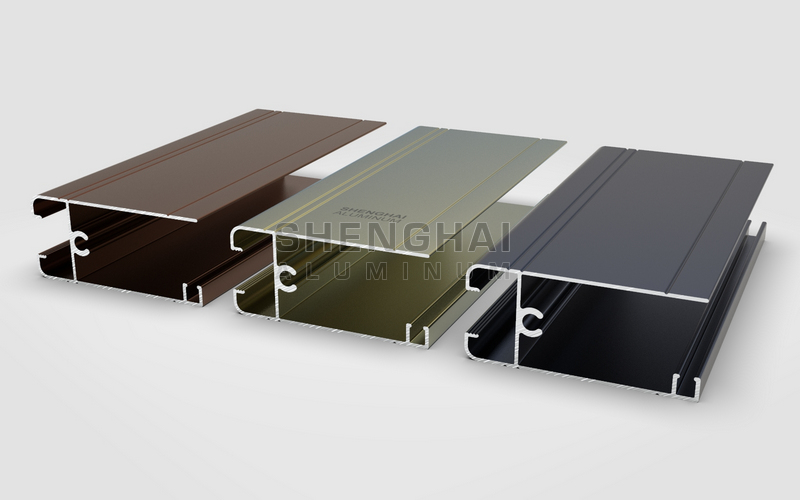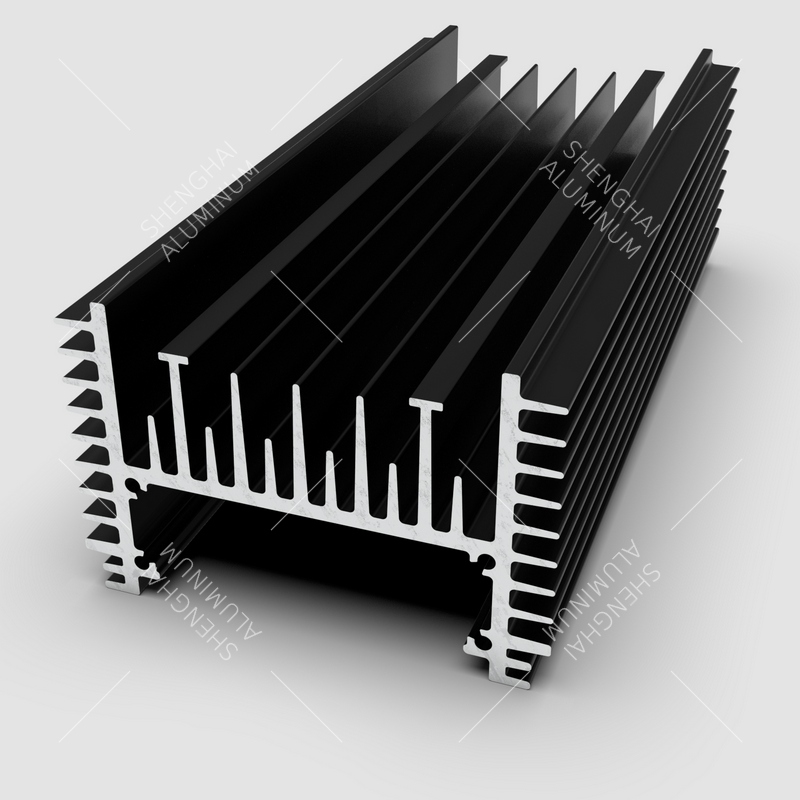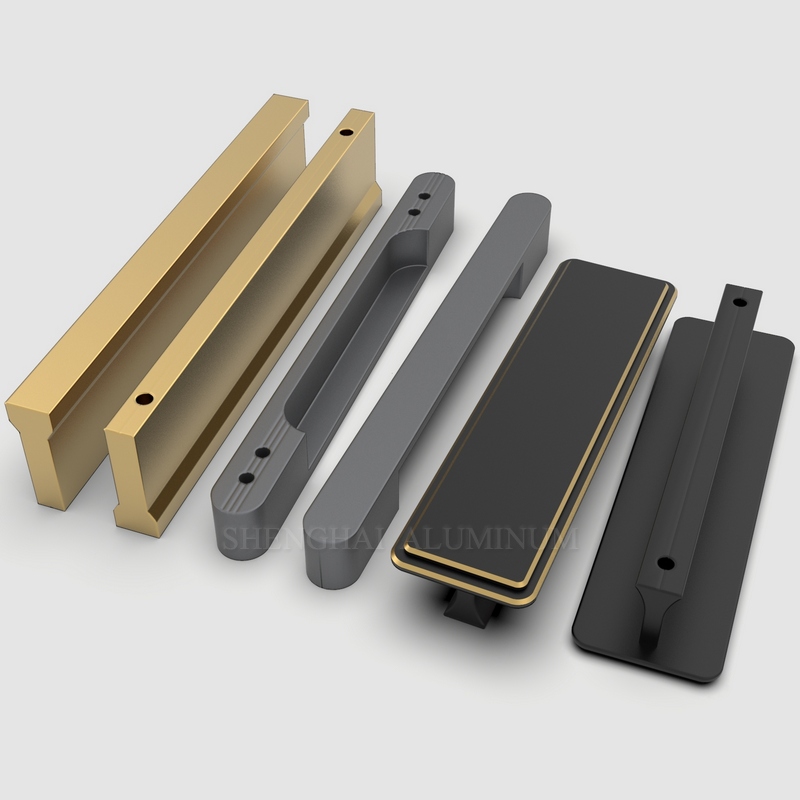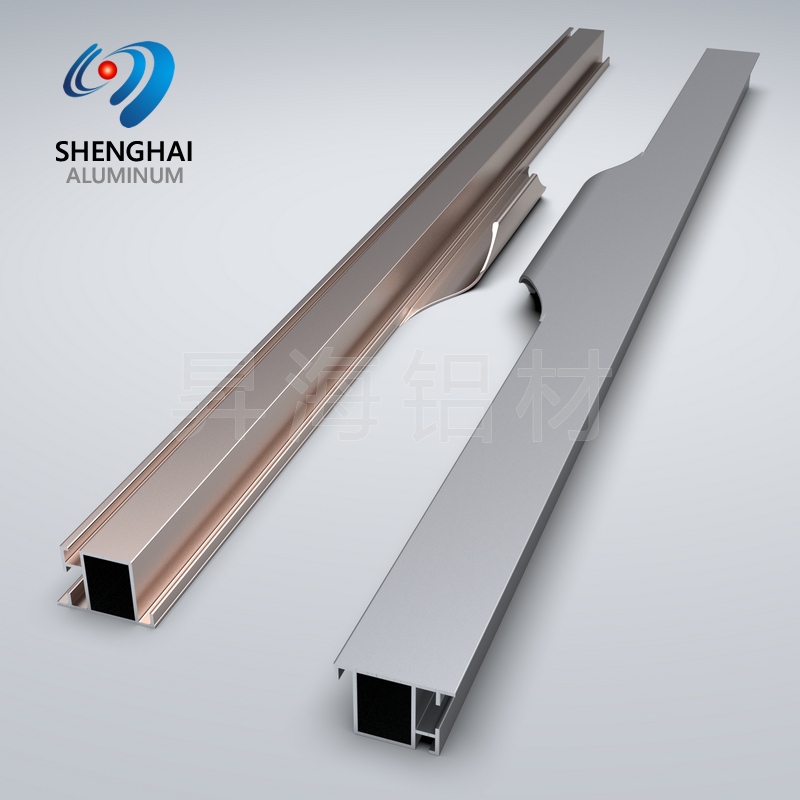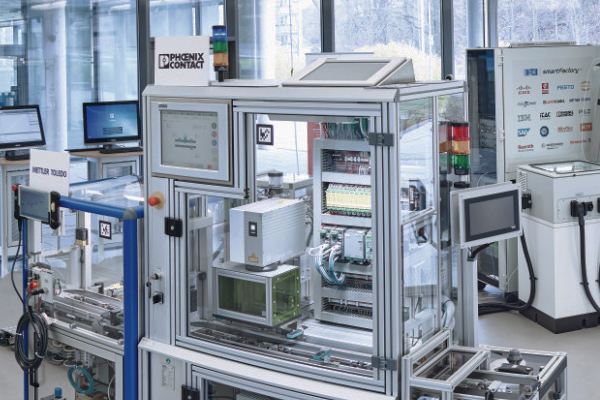Aluminum edge trim, also known as aluminum bullnose trim, has gained popularity among builders, contractors, and homeowners for a variety of reasons. One of the main reasons why everyone chooses aluminum edge trim is its durability. Aluminum is a highly durable material that can withstand harsh weather conditions, making it ideal for both interior and exterior applications. Whether it’s protecting the edges of countertops, stairs, or tiles, aluminum edge trim provides a long-lasting solution that can withstand heavy use and abuse.
Another reason why aluminum edge trim is the preferred choice is its versatility. This type of trim comes in a wide range of sizes, shapes, and finishes, allowing it to be used in various applications and design styles. From straight edges to curved corners, aluminum edge trim can be easily customized to fit any project requirement. Additionally, it is available in different finishes such as brushed aluminum, polished chrome, or anodized colors, giving users the freedom to choose the one that best complements their design aesthetic.
In addition to durability and versatility, aluminum edge trim also offers excellent protection for edges and corners. It acts as a barrier against impact and prevents chipping or cracking of tiles or other materials. By providing a clean and finished look, aluminum edge trim enhances the overall appearance of any space while ensuring that the edges remain intact and protected.
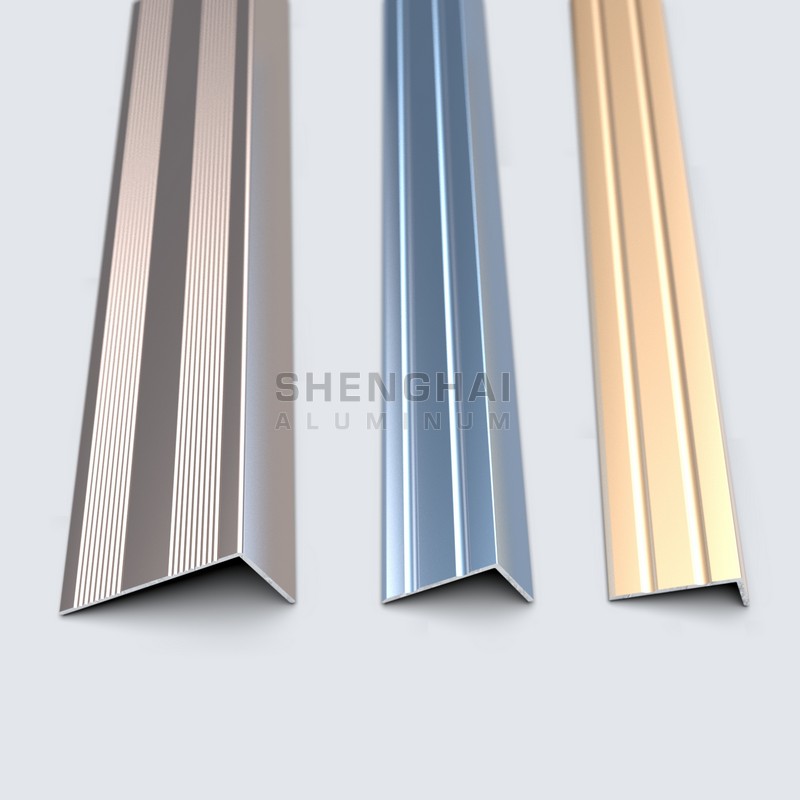
Furthermore, aluminum edge trim is easy to install, making it a popular choice for both professionals and DIY enthusiasts. It can be easily cut to size and installed using adhesive or screws, depending on the application. This ease of installation not only saves time but also reduces labor costs. Additionally, aluminum edge trim requires minimal maintenance, making it a cost-effective choice in the long run.
Lastly, aluminum edge trim is an environmentally friendly option compared to other materials. Aluminum is a highly recyclable material that can be reused without compromising its quality. Choosing aluminum edge trim contributes to sustainable construction practices and reduces waste.
In conclusion, there are several reasons why everyone chooses aluminum edge trim for their construction or renovation projects. Its durability, versatility, excellent protection, ease of installation, and environmental friendliness make it an ideal choice for both residential and commercial applications. Whether it’s adding a finishing touch to countertops or protecting the edges of tiles, aluminum edge trim offers a high-quality solution that meets the needs of builders, contractors, and homeowners alike.
